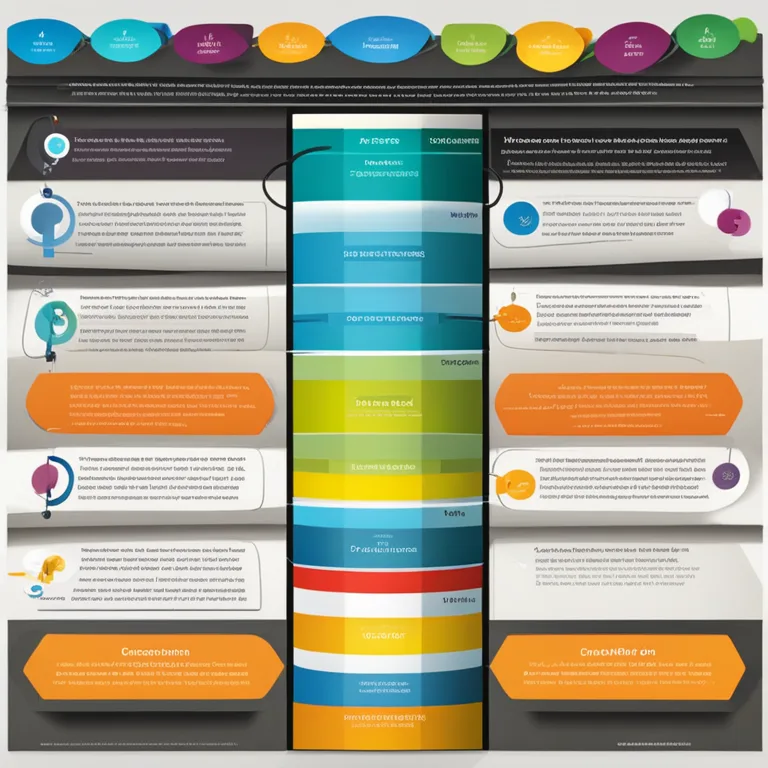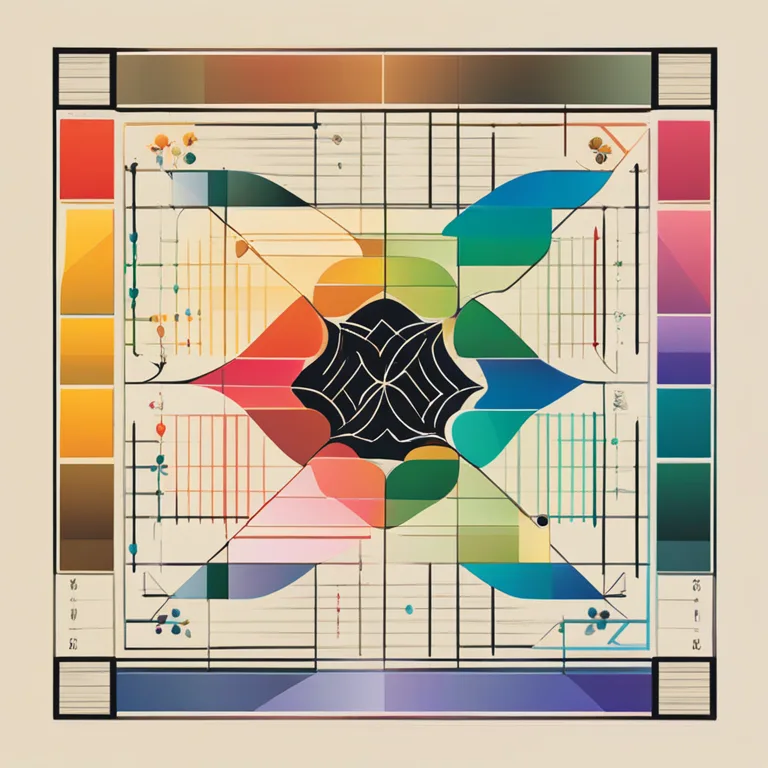
Maximize Your Fortune: Biorhythms & Lucky Days Guide
Discover how biorhythms determine your lucky days and ways to harness this rhythmic energy to enhance your life decisions and opportunities.
article by Adrian Wallace
Introduction to Biorhythms
The concept of biorhythms stems from a belief that our lives are influenced by natural physiological cycles. These unseen rhythms are said to affect our physical, emotional, and intellectual faculties. The theory suggests that by understanding these patterns, one can anticipate their 'lucky days'—times when they are at their peak performance and when serendipity seems to favor them. While critics argue about the scientific backing of biorhythms, many enthusiasts believe in the potential to synchronize activities with these personal ebbs and flows to optimize outcomes.

Calculating Your Personal Biorhythms
Biorhythms are calculated using your birthdate as a starting point. Three primary cycles—Physical (23 days), Emotional (28 days), and Intellectual (33 days)—interweave to form your biorhythmic chart. These cycles begin at a zero point at birth and oscillate in sine wave patterns between positive (high phases) and negative (low phases) intervals. High phases are considered advantageous, whereby you're thought to be more energized, clear-headed, and emotionally resilient. Understandably, these phases might correlate with what we call 'lucky days.'

Embracing Your High Cycles
To leverage your lucky days, you must be aware of when your biorhythms peak. Different software and online platforms, improving their algorithms constantly, are available to help you calculate your personal cycles with more precision than ever before in 2024. By aligning significant decisions or events with these periods—for instance, scheduling an interview, a first date, or a competitive event—you can purportedly increase the likelihood of a favorable outcome.

The Synchronicity of Biorhythms and Astrology
Combining biorhythms with other esoteric fields like astrology offers a multi-layered approach to choosing the most favorable days. Integrating your horoscope with your biorhythmic data could provide an even more personalized guide to making the most out of your 'lucky days.' While each practice holds its unique insights, together they may offer a more nuanced forecast, as both suggest cosmic and biological underpinnings respectively play a role in our everyday lives.
Scientific Skepticism and Personal Experience
Despite a following, biorhythms face skepticism from the scientific community, which often requires empirical evidence to support such concepts. Nevertheless, numerous individuals advocate for biorhythms based on their personal experiences. Whether placebo or not, if tuning into one’s biorhythms leads to making mindful choices and reflecting on one's physical, mental, and emotional state, it may have intrinsic value. The serendipity associated with lucky days could be, in part, due to increased self-awareness and intentionality.
Practical Daily Applications
To make biorhythms a part of daily life, tracking tools are essential. With advancements in wearable technology and mobile applications, monitoring your cycles is becoming increasingly seamless. By receiving alerts about your high and low phases, you can plan daily activities correspondingly. Users report greater success in their personal and professional pursuits when they're aware of their biorhythmic states and plan accordingly.
Conclusion: Your Personal Luck Cycle
Ultimately, biorhythms are a tool for self-discovery and personal enhancement. Whether you're a firm believer or are simply biorhythms-curious, knowing your high cycles could tip the scales in your favor—turning any day into a potential lucky day. Empowered with knowledge of your biorhythmic patterns, you might just find the right moment to seize an opportunity or make a significant change.
Published: 1/4/2024
Modified: 1/4/2024
More predictions
Come back here soon to learn more about yourself and your future


Unlocking The Accuracy of Biorhythms
Delve into the realm of biorhythms to discover their reliability and impact on daily life in this insightful article.


Biorhythms Practical Uses Unlocked
Discover the applications of biorhythms in everyday life, from personal well-being to professional optimization.


The Accuracy of Biorhythms: Fact or Fiction?
Examine the validity of biorhythms in predicting personal vitality and life cycles in this in-depth analysis.